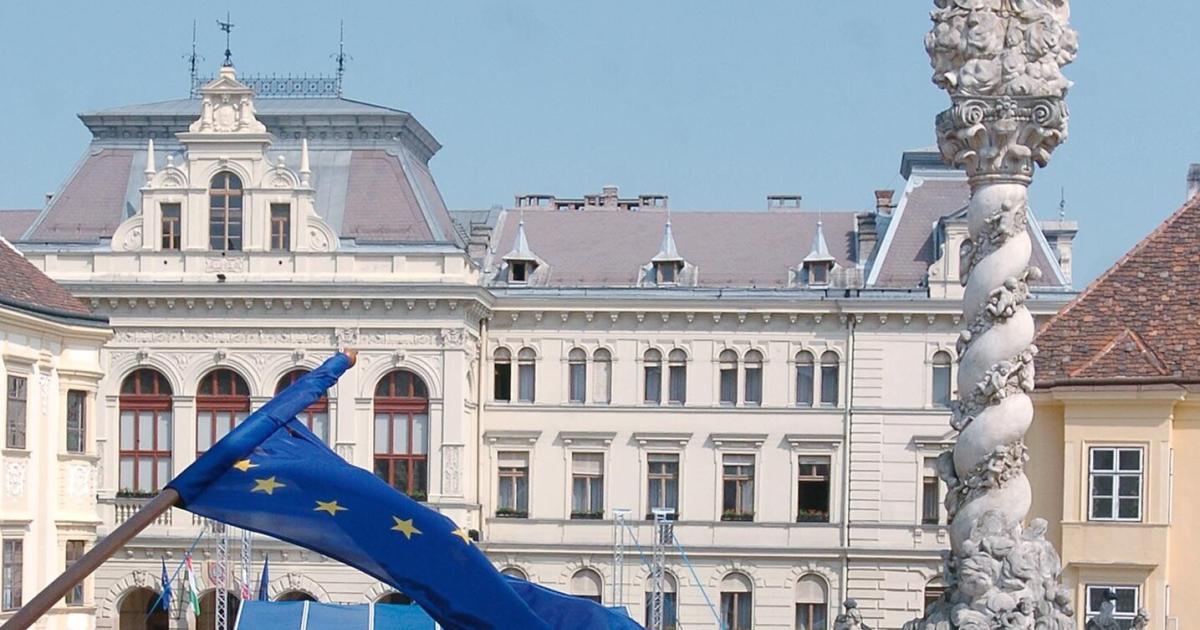
Economic Boom, Political Challenges: Austria’s Banks Thrive in Central and Eastern Europe Since EU Expansion
Central and Eastern European countries have seen remarkable economic success since joining the European Union, with a significant impact on the region’s GDP. Despite some political challenges, these countries have steadily increased their economic performance. However, Austria’s banks have established a strong presence in the region, capturing a significant market share.
However, the EU’s eastward enlargement brought unexpected challenges at the political level. Issues such as increasing skepticism towards the EU and the rise of right-wing extremist parties were not fully anticipated at the time of expansion. Experts emphasize the need to consider geopolitical and social components in future EU enlargements, in order to address the concerns of all citizens in the region.
While Raiffeisen recognizes an economic success story in Central and Eastern Europe, they acknowledge that political problems were sometimes underestimated. The symbolic opening of a border fence near Sopron in 1989 marked the beginning of the end of the Iron Curtain, leading to the integration of several countries into the legal frameworks of the European Union. Despite this progress, there are still variations in economic integration and competitiveness in foreign trade among different countries in the region.

